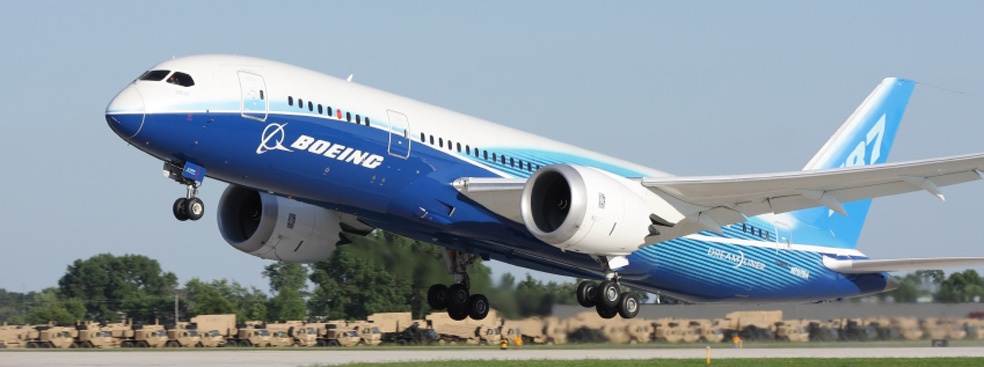The Boeing 787 is on the cutting-edge of airliner innovation: it’s lighter, carbon fiber fuselage and new electrical system were specifically designed to make the aircraft 20% more fuel efficient than its predecessor, the 767. Economical, environmentally friendly and offering travelers the most in comfort, the so-called Dreamliner promised to change the way we thought about air travel.
Has the Dreamliner dream since turned into a nightmare? To be sure, the 787 has known its share of setbacks. First plagued by production and delivery delays, the entire fleet was grounded on January 16th after a battery overcharged and caught fire and another All Nippon Airways flight was forced to make an emergency landing and evacuate passengers via emergency slides. Since then, the electrical system, the major component that makes this aircraft so cutting edge, is being investigated as the culprit.
Suffice it to say that the Boeing 787 has been receiving plenty of negative media attention in recent weeks. But has the media been too quick to create a kind of panic about the airworthiness of the new jet?
ESSEC’s Raymond-Alain Thiétart, Distinguished Professor of Management and strategic management expert, would argue that we should keep these technical issues in perspective and not get carried away by the media’s doom and gloom reporting.
“Strategically speaking, moving forward with this kind of technology is a good move for Boeing. The Dreamliner is ahead of its time and will be on the cutting-edge of commercial airline innovation for years to come. So it’s understandable that, when launching a product this technologically advanced, small incidents, as is the case, should arise.”
Indeed, many aviation analysts considered these types of growing pains to be typical for a brand new aircraft. Although in this case, considering all the production and delivery delays, one might argue that Boeing felt under pressure to launch a product that wasn’t quite ready for distribution.
As Professor Thiétart explains, “The launch delays due to the implementation of multiple technologies on a large scale may have led the manufacturer to launch an innovative airplane with a complex set of new components that didn’t fully benefit experience of time. That said, these incidents usually recover quickly and do not affect the reliability and performance of the overall aircraft.”
The grounding has now lasted over a week: how much will this effect Boeing in the long run? This aircraft is in large part to thank for Boeing’s ability to overtake Airbus in orders and deliveries for the first time since 2002, and Boeing will continue to take the lead in deliveries because of the Dreamliner. Will orders be affected by the events of the last few weeks?
“The stakes are high for Boeing to figure out quickly and decisively what is wrong with the Dreamliner, which has placed a huge commercial bet on the aircraft's success,” adds Professor Thiétart. “I have confidence that Boeing be able to do this as they have successfully done in the past. If they fail to act quickly, it could be fatal.”









